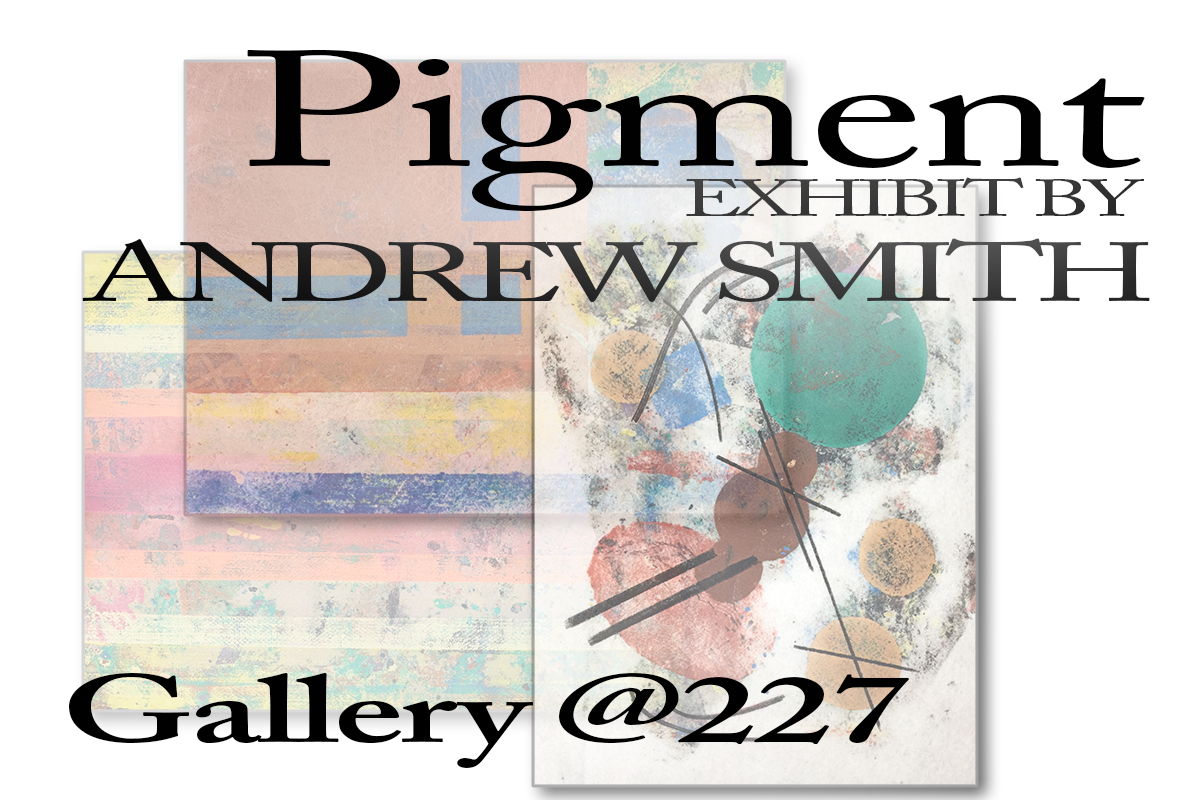Clay, Color, and Creativity: The Pigment Exhibit at Gallery at 227
There is little that is so tied to the Earth as clay. Feldspar in the rocks from Earth's crust weathers and erodes over long periods of time, eventually reacting with water to form the unique minerals in clay. When wet, clay achieves plasticity that allows it to be shaped but becomes hard when dried or heated (fired) at high temperatures.
The easy access to clay and its unique qualities were discovered early by prehistoric humans, with pottery shards found (Honshu, Japan) that date to 14,000 BC. Clay was also amongst the earliest materials to be written on, inscribed using blunt reeds. In addition, clay bricks allowed the construction of necessary structures.
Clay was used for vessels and storage containers necessary as humans evolved. Over time, decorations were added to these clay works, and eventually, clay was used to create expressive pieces that did not have any functional use. There was a very early connection between clay and art.
Various pigments are utilized with clay slips.
Pennsylvanian Mitch Lyons studied both printmaking and clay arts. His truly unique approach married elements of each, with the artist designing a work using colored clay slips (very wet clays resembling house paint in consistency) on a large slab of stoneware clay known as the matrix. Next, polyester fabric/material is placed on the slab, and pressure is applied to transfer the design to create a one-of-a-kind print: a clay monoprint.
As an added twist, the common tradition is the next design is created on top of the remnants of the last. When the print is made, known as pulling the print, not only is the new design transferred, but often random elements of previous designs are also. While the artist certainly creates the work, they do so without complete control of the final outcome.
Andrew Smith pulling a clay monoprint — copyright Hannah Chiacchierini
I ran across a demonstration of this unusual medium by accident but was intrigued enough to research it a bit. By dumb luck, Mitch Lyons lived and taught workshops on the process only minutes from where my oldest daughter lived. Attending a workshop got me hooked.
My time enjoying art photography gradually moved to explore the clay monoprint medium. Because it is a relatively young art, there is much experimenting.
“Machinations I and II” by Andrew Smith
The works in the "Pigment" exhibit at Gallery @227 are the results of such experiments and the creative use of these expressive techniques. The prints are on various materials, known as the substrate, but are all forms of polyester, one of the few materials that clay will cling to.
You can learn more about my work and clay monoprints at my website:
“Fading Recollections” by Andrew Smith
My "Pigment" exhibit is named for the colorants that provide vibrancy to my works. The exhibition runs from December 2nd, 2022, through January 2023.
A First Friday opening reception was held on Friday, December 2nd, with live music by Dale Kardos. Watch for future updates or changes to the exhibit on the exhibit's Facebook page.
"Pigment"
Clay Monoprint Exhibit by Andrew Smith
Gallery @227
Codorus & Company
227 W. Market Street, York, PA
December 2nd, 2002, through January 2023
Hours: Mon - Fri, 8:00 AM - 5:00 PM
or by appointment.
For inquiries regarding the exhibit or the visual works, contact Andrew Smith at ostman4200@comcast.net.
“Disruption” by Andrew Smith
All visual and written works copyright Andrew T. Smith (Visual Realia, LLC), Hannah Chiacchierini, or Doug West.






















